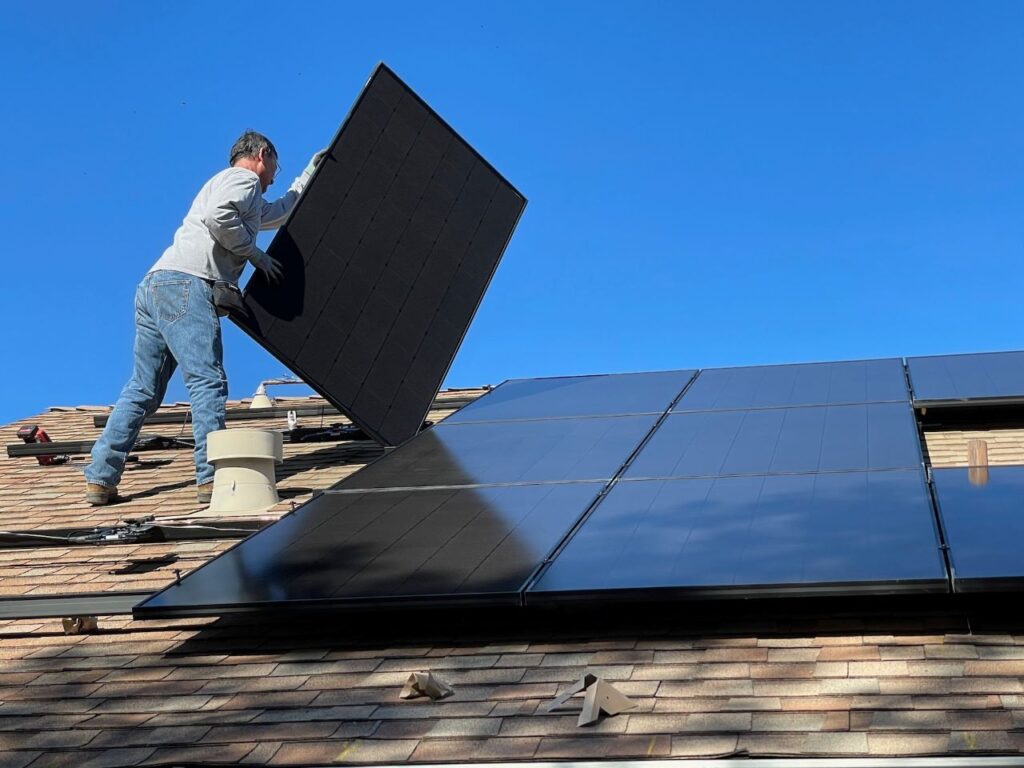
How Do Solar Panels Produce Electricity?
Grasping the inner workings of solar panels illuminates the genius behind these powerhouses of renewable energy. Traditionally, high-grade silicon has been the star player in solar technology due to its efficient conductivity. Yet, the production of flawless silicon crystals comes with a steep price tag, prompting a shift toward more cost-effective alternatives. Enter materials like copper, indium, gallium, and selenide (CIGS), which have opened the door to home solar systems that offer a commendable balance of efficiency and affordability.
The manufacturing magic begins when producers tweak silicon’s electrical properties by introducing a cocktail of elements. They craft a dynamic duo by pairing n-type silicon, brimming with an extra electron, with p-type silicon, which is an electron short. This dynamic duo forms the core of a photovoltaic cell, the building block of solar panels. Lined up under a protective glass sheet, these cells come together as the familiar face of residential solar power.
Nestled within each panel lies a network of innovation—a conductive metal plate linked to a series of wires. These wires connect to a device known as a fused array combiner, which plays a pivotal role in regulating the collected energy. The journey of solar-generated electricity doesn’t stop here. Before it can light up our homes, the direct current (DC) harvested by the panels needs converting. An inverter seamlessly handles this, transforming DC into alternating current (AC)—the form of electricity our homes and appliances run on.
With each passing year, the technology leaps forward, enhancing the capacity and lowering the cost of solar installations. This progress means harnessing solar energy is more accessible than ever, offering homeowners a greener, cleaner way to power their lives. By tapping into this abundant and renewable resource, we not only diminish our carbon footprint but also secure a future where clean energy is king.
